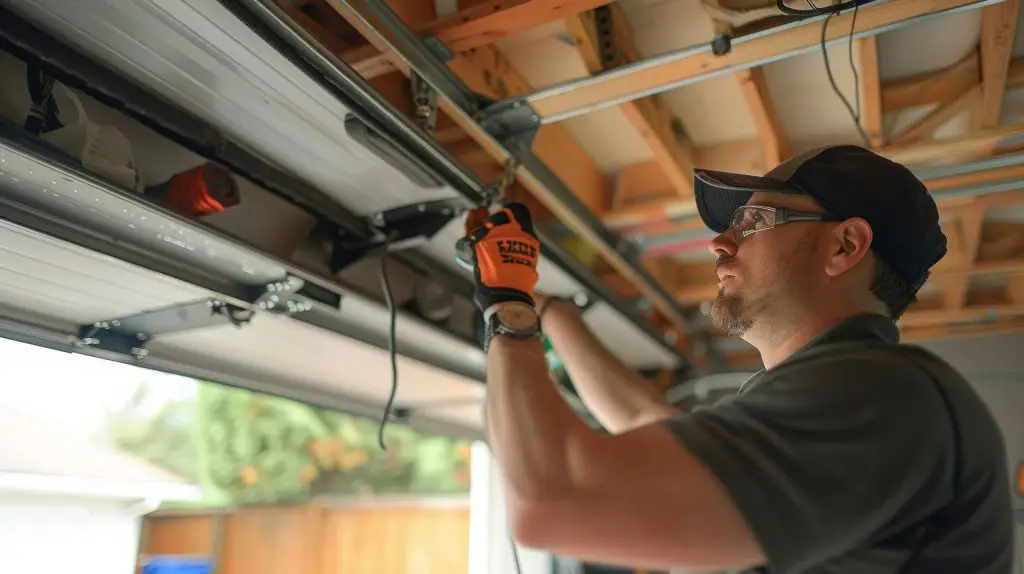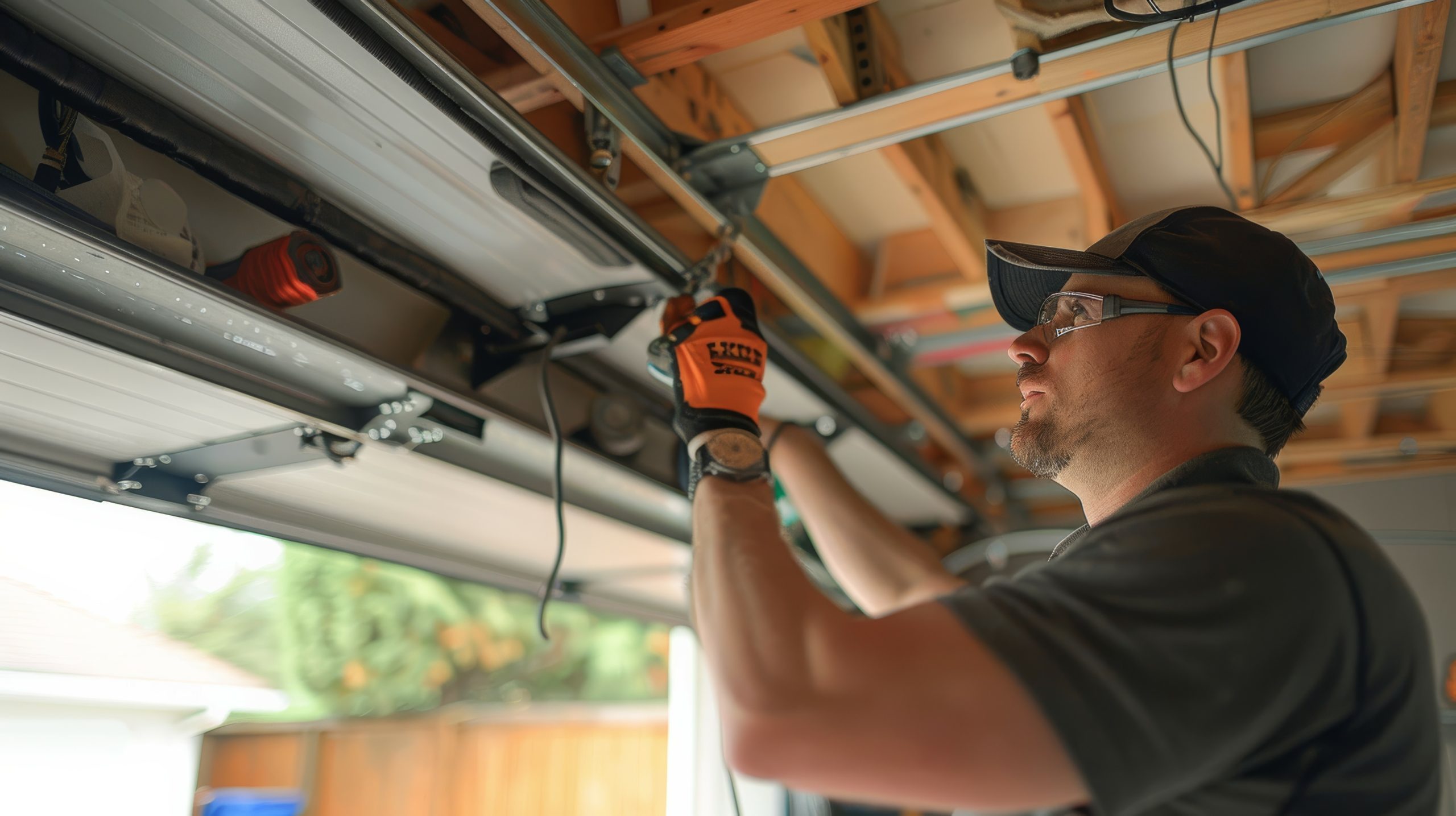Improve Home Efficiency with Garage Door Insulation


Boost Your Home’s Efficiency with Garage Door Insulation
Why Garage Door Insulation Matters
A crucial yet often overlooked aspect of home efficiency is the insulation of your garage door. Quality garage door insulation plays a vital role in maintaining stable temperatures within your home. This translates into lower energy bills, improved comfort, and enhanced sustainability for your household.
Key Benefits of Insulating Your Garage Door
- Energy Savings: Insulating your garage door reduces the transfer of hot or cold air into adjacent spaces. This lessens the strain on your heating and cooling systems, paving the way for significant energy savings.
- Temperature Regulation: An insulated garage door helps maintain a more consistent temperature in your garage, which is especially beneficial if it’s used as a workspace or living area.
- Noise Reduction: If your garage door is near living spaces, insulation can significantly dampen outside noise, creating a quieter environment indoors.
- Durability and Longevity: Insulation adds strength to garage doors, making them more resilient against wear and tear, as well as harsh weather conditions.
How to Insulate Your Garage Door
Enhancing your garage with insulation can be a DIY project for the handy homeowner or a task for the professionals to handle. Here’s a basic guideline for those inclined towards a DIY approach:
- Choose the Right Material: Select insulation materials suitable for garage doors, such as reflective foil, foam board, or fiberglass batts. Your choice depends on the type of door and your specific needs.
- Cut Insulation Sheets: Measure the width and height of each panel in your garage door and cut your chosen insulation material to fit snugly.
- Attach the Insulation: Securely attach the insulation to the panels using adhesive suitable for the material type. Ensure no gaps are left, as these could void the insulation’s effectiveness.
- Seal the Edges: Use weather stripping to seal around the edges of the garage door to prevent leaks and maximize insulation benefits.
Consider Professional Installation
Regardless of how handy you are, there may be instances where professional intervention is advisable. For those interested in upgrading their door setup, consider reaching out for an opener installation that complements your newly insulated door. Professionals ensure the job is done to exact standards, optimizing both safety and performance.
Additional Considerations
If your garage door is already showing signs of physical deterioration, it might be wise to consider garage door panel replacement before adding insulation. This guarantees the insulation adheres effectively and lasts longer.
Lastly, don’t forget about seasonal checks and maintenance. You might want to involve experts for tasks like spring replacement or addressing urgent issues with emergency garage service.
Conclusion
Enhancing your home’s energy efficiency begins with ensuring all areas, including the garage, are well-insulated. By properly insulating your garage door, you’re not just saving on energy bills, but you’re also investing in the comfort and longevity of your home. For more information on how commercial garage doors can similarly benefit your business, explore our dedicated services.
Need help with your garage door? Call us today at (888) 794-6420 to resolve any garage door issue!

